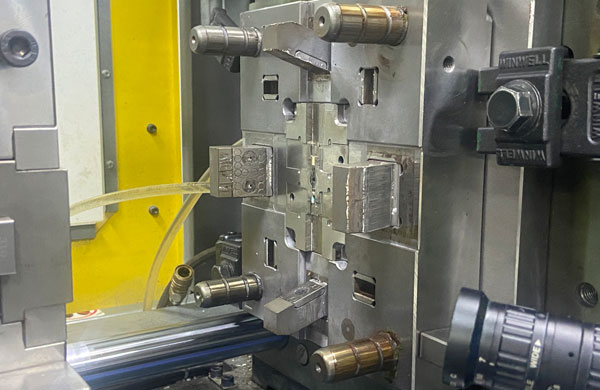Gas marks are a common and troublesome issue in injection molding. They manifest as tree-like, wave-shaped scratches on the surface of plastic parts, centered around the gate, significantly affecting the product's aesthetics and quality.
To address this issue, Dongguan Yize Mould Co., Ltd. offers professional advice. Firstly, they suggest increasing the temperature of the mold and nozzle, which helps improve the flow properties of the plastic. Additionally, speeding up the injection molding rate, filling speed, and increasing the injection pressure, holding pressure, and mold filling time can also effectively reduce the occurrence of gas marks.
Secondly, the design of the gate is crucial. They recommend installing an electric heating device at the gate to raise its temperature, allowing the plastic to flow more smoothly through the gate. Furthermore, appropriately enlarging the area of the gate and runner, and making the gate and runner section circular, also helps reduce the formation of gas marks.

In mold design, the handling of the bottom of the vent and the tail of the runner should not be overlooked. They suggest opening larger cooling holes at these two locations to help expel gas and heat from the mold. At the same time, special attention should be paid to the size and position of the cooling holes to ensure they function optimally without adversely affecting the product.
Moreover, when the melt flows from a narrow section into a larger section cavity, or when the mold flow path is narrow and has poor gloss, it may result in stable seepage, causing wave-shaped flow marks on the surface of the plastic part. In such cases, they recommend appropriately reducing or controlling the injection speed to ensure the plastic fills the mold smoothly.
Lastly, volatile organic compounds may also cause cloud-like, wave-shaped gas marks on the surface of plastic parts, especially when using polymers like ABS. To avoid this issue, they suggest lowering the barrel temperature, improving the mold's ventilation settings, reducing the raw material temperature and filling rate, and trying to enlarge the gate section to minimize gas generation and accumulation.